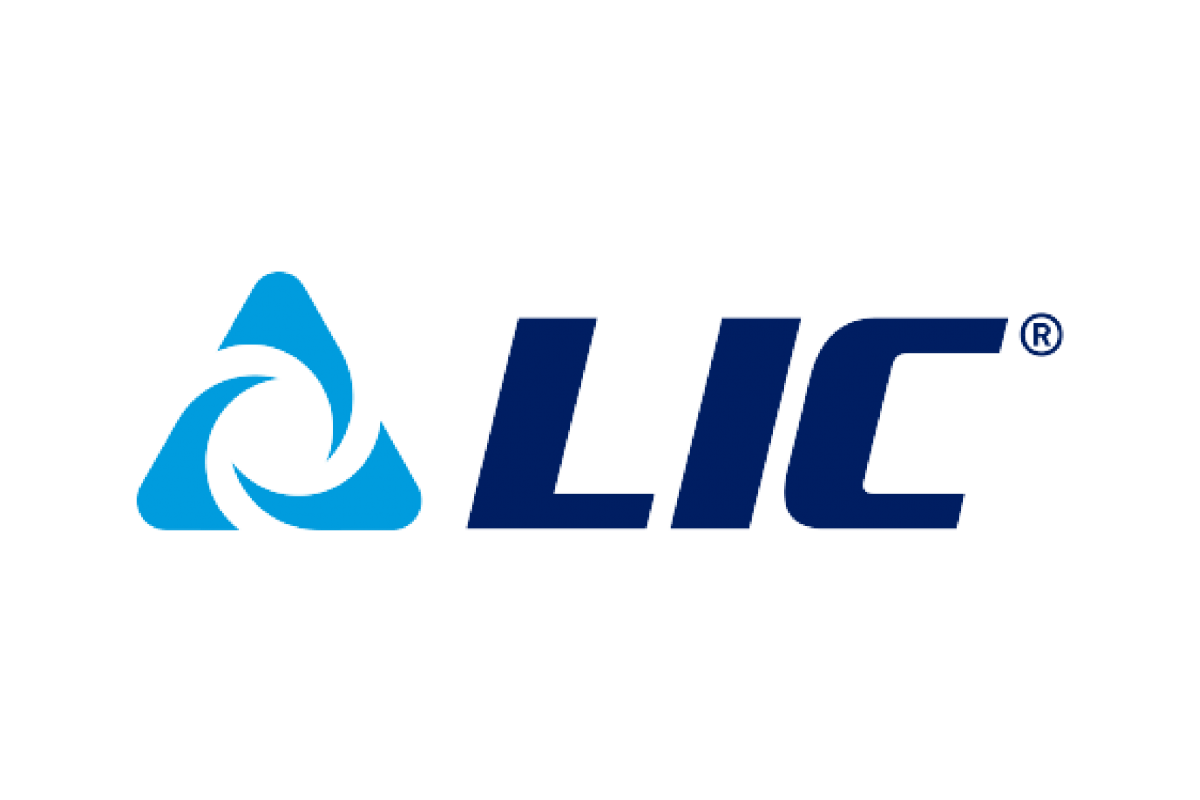Executive summary
Over the past decade, water quality has become increasingly important to the New Zealand public. The effect of 150 years of clearing land, developing and intensifying agriculture is taking its toll on the environment.
Agriculture and tourism are among NZ’s largest export earners bringing in $22.3 billion (Statistics New Zealand, 2011) and $22.4 billion NZD respectively in 2008 (Statistics New Zealand, 2011).
New Zealand has built a reputation on the uniqueness and pristine nature of the country. This ‘clean and green’ reputation has been estimated to be worth $80 million dollars per annum to the agriculture and tourism industries. To strengthen New Zealand’s ‘clean and green’ brand may not lead directly to obtaining additional markets but it will help to maintain New Zealand’s current markets that.
Not only is water quality important to attract tourists and for export markets, but it is important to local communities. Rivers and lakes provide not only a source of food and recreation for many New Zealanders, but are a source of national pride. However, increasing nutrient loadings has led to a steady decline in the quality of these waterways and has resulted in an increase in the occurrence of algal blooms and decreased water clarity.
In response to this, the NZ government has made a clear statement that actions need to be taken to address water quality issues. This has been incorporated into the 2011 National Policy Statement on freshwater. As a result, this will require Regional councils to develop a plan to address declining water quality in their regional policy statements. It is therefore inevitable; change is coming!
Farmer Adaption to Change with the Threat of Regulation – Nicola Waugh

























